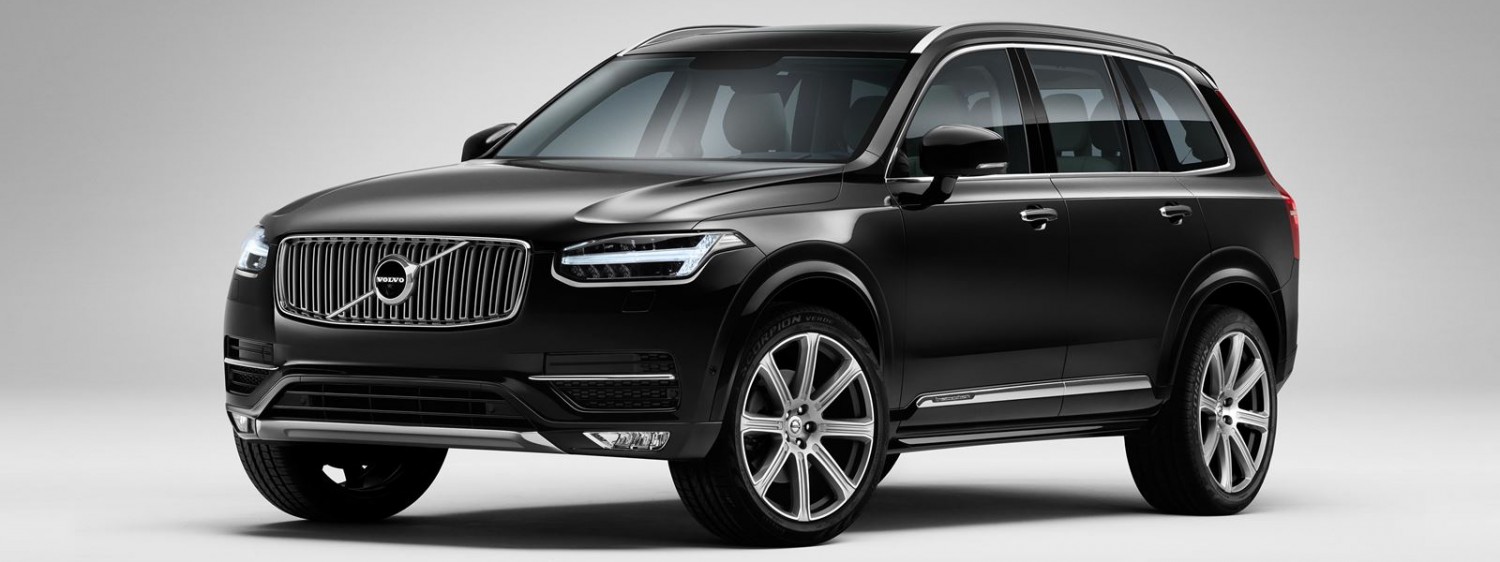Conventional gas engines will remain dominant in the U.S. market, but hybrids and diesels are steadily gaining market share, especially as gas prices and concerns about global warming rise and technology advances, concludes a report by J.D. Power and Associates (which, like Standard & Poor’s, is a subsidiary of McGraw-Hill Companies).
The article, “The Steady-But Slow-Rise of Hybrids and Diesels in the U.S. Auto Market,” published March 22, 2007, is part of a special report on global automakers published on RatingsDirect, the real-time, Web-based source for Standard & Poor’s credit ratings, research, and risk analysis, and in the April 4 issue of CreditWeek.
In conjunction with the special report, Standard & Poor’s Ratings Services recently held a telephone conference call to discuss the outlook for global automakers (see replay information below).
The article predicts that hybrids and diesels will reach 9% of U.S. auto sales by 2009, and Toyota Motor Corp. will continue to lead this category in sales. Thanks in large part to increased production capacity, more than 70% of all new hybrid sales in the past two years have been Toyotas, although that number is expected to decline to 50% by 2009, reflecting the growth of new models from other automakers.
Consumer preference for diesel-powered engines is also growing.
“As gas prices rise, diesels seem a natural solution for the U.S., especially for manufacturers with large operations in Europe, where diesel cars are already in large demand,” says Kevin Riddell, manager at J.D. Power and Associates Automotive Forecasting. “For these carmakers, diesels provide a far more economical means than hybrids of improving CAFE averages. A vehicle with a modern diesel engine will have 30% better fuel economy than a comparable gasoline engine. Plus, advances have made modern diesel engines perform similarly to gasoline engines in terms of noise, filtration systems, and drive quality.”
